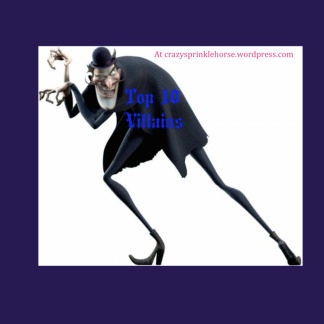I haven’t made any secret of the fact that, basically, I don’t like Marvel movies.
Don’t get me wrong. Superhero stories are a wonderful subgenre, just like every other kind of story (except perhaps vampire romances… but that’s a post for another time). If well-done, a superhero movie can be pretty darn awesome. Take Batman Begins, for example; I loved that film. It completely changed my perspective on superhero movies.
The thing is, most Marvel movies aren’t well-done. Be honest with yourself; would Shakespeare look at The Avengers and applaud? No. No, he wouldn’t, and you know it. Fortunately, I think I have figured out the reasons (yes, plural “reasons”) why this particular series is a flop. And, cynical optimist that I am, I have turned it into a list of lessons to be learned for writers that I will share over the next two weeks. You’re welcome.
And yes, I will absolutely spoil the movies for you. Sorry I’m not sorry.
You can recycle an old plot, but you should at least tell a new story.

“Tony, do you ever feel like you’re suffering from severe deja vu?” (image credit)
Paul Assay comments in his review of Thor: The Dark World, “Marvel movies are as reliable as a six-pack of Coke: Every can tastes the same.” I couldn’t have said it better than that. Yes, I understand that we have a limited number of plots, but we have unlimited stories to tell, countless lessons to teach. You’d think that in eight years, Marvel would have come up with a new message to teach its huge fan-base.
Yet pick any Marvel movie at random and see how well it fits my description: Hero has problems, hero encounters bad guy, hero’s friend “dies” (but not really), and hero sacrifices himself and overcomes insurmountable obstacles to defeat bad guy. Moral of the story: a hero is someone who does good heroic things and beats bad guys.
How did I do?
Look, even when you are rewriting an old plot, if you want to write to be distinguished from all the other twaddle out there, you need to tell a new story. Have a character learn something new about heroism or strength, and your story will be all the better for it.
If nothing else, take the time to write a solid story and characters.

“That’s my secret, Loki. I’m always angsty.” (image credit)
If you’ve read this blog for some time, you know something about my conflicted feelings for the movie Thor. The storytelling drives me crazy. Leaving all the terrible acting and dialogue aside, the story just didn’t work, and for that we can blame the characterization.
Let’s start with Thor. All he ever does is whine, smile obnoxiously, or walk around without a shirt on, and I for one do not find any of those things attractive. Even within the context of the story he is a vain, greedy, cruel boy. And we are supposed to care?
Jane. She was supposed to be the Strong Female Character who changes Thor’s character for the better. How, by getting him a cup of coffee and then watching the stars with him? As cute as that sounds, it won’t teach the arrogant Jotun-slayer about the value of humility.
Ah, but it doesn’t stop there. As for Odin… seriously, what kind of person tells their son that he’s a failure- while the son is hanging off a bridge?? Then he throws a big party after he thinks Loki is dead.
What about Loki, though? Most people agree that Loki would have made a better protagonist than Thor. I agree. Yet Loki has his own character problems. Despite being promoted on several posters as “the god of mischief,” he doesn’t really work much mischief in this movie. Thor does that very well on his own. (I tell you, their roles should have been reversed! Confounded comic books.) As popular as Loki is with fans, he doesn’t even live up to his label.
The most disappointing thing is that Thor did have a chance to be a genuinely good movie with poignant lessons about kingship, sacrificial love, and family values, but the lack of characterization ruined that chance. Don’t let the same thing happen to you. Get to know your characters.
Ah, there’s more… but that will have to wait another week. Check back next week for Part Two!
What do you think so far? Am I right, or do you disagree with me on any of these problems?













